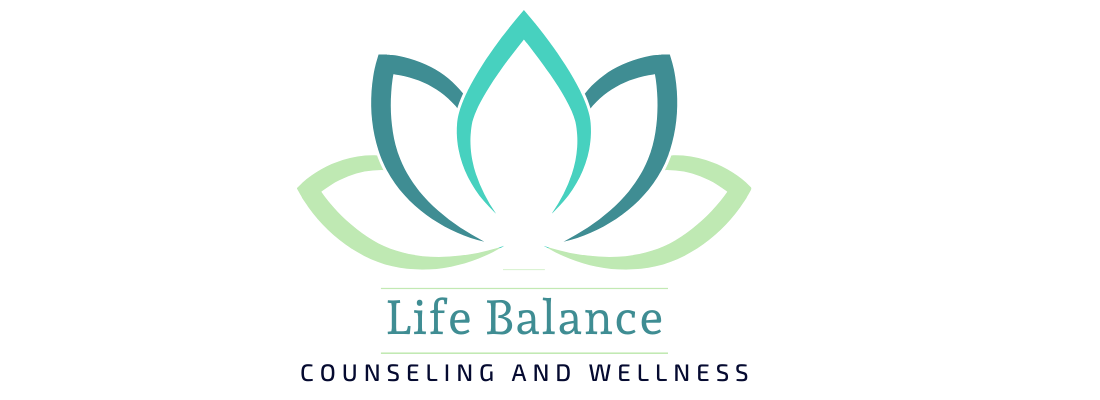By Marlo Torrelli, LPC, NCC
We’ve all heard the phrase “being triggered,” but what does it really mean and what can we do when it’s happening to us?
When a thought or situation causes us to experience an intense emotional reaction, we are triggered. We may find ourselves having bodily sensations such as a clenched jaw, upset stomach, rapid heart rate, or red, flushed cheeks. With this often comes a decrease in our ability to think clearly; in Dialectical Behavior Therapy (DBT) we refer to this state as being in our “emotion mind.” Plainly speaking, our emotions are ruling us and are most likely causing us to want to enact whatever urge or impulse goes with the emotion(s) we are feeling.
The formula is pretty simple:
We become triggered --> We experience an emotion --> We feel an urge to act in some way because of this emotion
Here’s how this may look:
A friend cancels plans with us at the last minute --> We feel angry and disappointed --> We want to text our friend and “tell them off”
It can also look like this:
A friend betrays us in some way --> We feel sad and angry --> We feel the urge to self-harm
So what can we do when we feel triggered and have the urge to act impulsively?
This is where DBT skills can be life-changing. The goal is to create a pause or a space between your emotion and action.
One set of skills, Observe and Describe, can be very effective in achieving this goal.
We can say to ourselves, “I’m feeling a lot of anger and having the urge to be self-destructive.” Just doing this can create the space we need to diffuse the power of our urge and allow us to make a more intentional choice for ourselves and for our relationships with others.
This isn’t a magic cure, but with practice and use of a full range of DBT skills, we can learn to recognize our emotions and urges as being our internal experiences rather than forces that have to drive our actions.
